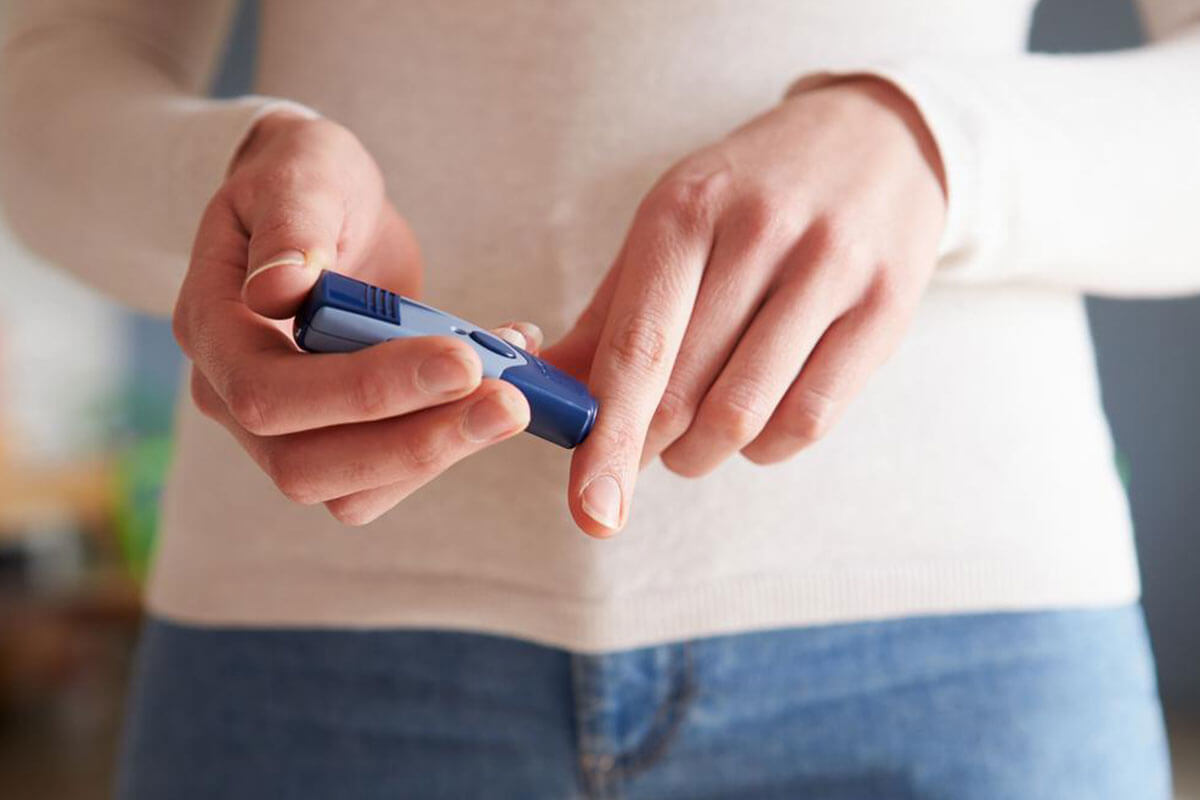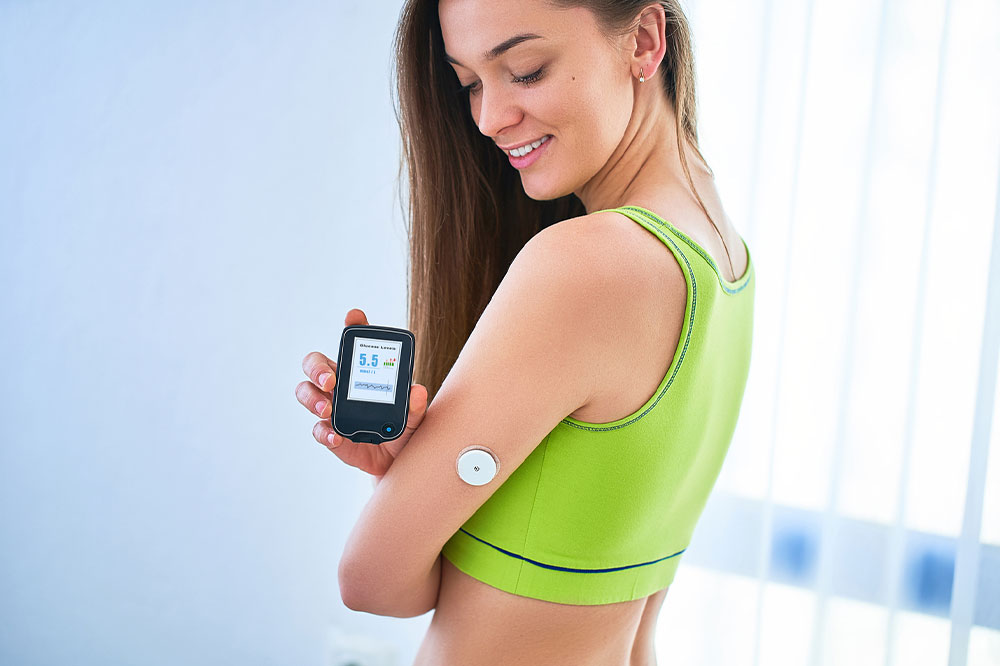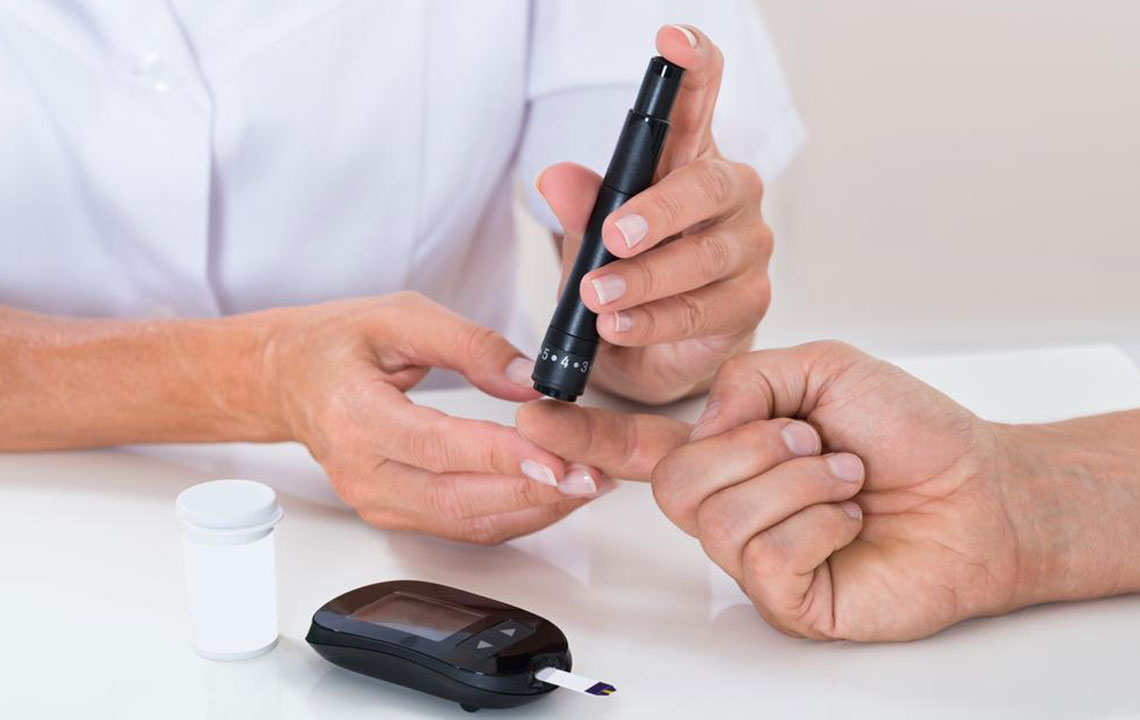Comprehensive Guide to Accessing Free Blood Glucose Monitoring Devices
This comprehensive guide provides effective strategies for obtaining free or affordable blood glucose monitoring devices. From consulting healthcare providers and insurance plans to exploring manufacturer promotions and government programs, learn how to reduce costs and ensure consistent blood sugar monitoring essential for diabetes management. Accessing these resources can significantly improve your health outcomes without financial burden.

Comprehensive Guide to Accessing Free Blood Glucose Monitoring Devices
Managing diabetes effectively requires diligent monitoring of blood glucose levels. Regular blood sugar testing is vital for preventing potential complications such as nerve damage, hypoglycemic episodes, elevated blood sugar levels, skin issues, and foot problems. Healthcare professionals typically recommend comprehensive blood tests two to three times annually; however, daily at-home testing using glucose meters is essential for effective disease control. Maintaining consistent monitoring allows for better medication management, dietary adjustments, and overall health preservation.
Although many glucose monitoring devices are available at affordable prices, the cumulative costs of test strips and supplies can be significant, especially for long-term users. Fortunately, there are numerous strategies to obtain free or low-cost blood glucose monitoring devices, which can substantially reduce the financial burden on individuals managing diabetes. This guide explores proven methods to access these essential devices without strain on your budget.
**Consult Your Healthcare Provider for Recommendations:** Your primary care physician or endocrinologist is a valuable resource for identifying trusted and reliable glucose meter brands. They are familiar with both the latest technology and cost-effective options suitable for your specific condition. Ask your healthcare provider about the most recommended models, especially those known for accuracy and affordability. Medical professionals can also advise on any clinical trials, manufacturer promotions, or assistance programs that may be available.
**Check with Your Insurance Provider:** Most health insurance plans offer coverage for diabetes supplies, including blood glucose meters and testing strips. Contact your insurer directly or visit their website to determine which devices are covered under your policy. Many insurance companies reimburse the full or partial cost of specific models, making it financially easier for you to obtain a quality device. Remember to keep receipts and necessary documentation for reimbursement claims. If your insurance doesn't cover certain models, inquire about alternative options or assistance programs.
**Explore Pharmacy and Reimbursement Programs:** Some pharmacies, especially larger chains and mail-order pharmacies, provide free glucose meters or offer reimbursement options. They sometimes give away basic models upon registration or provide discounts on testing supplies. Certain programs allow you to receive free meters along with test strips for up to 90 days, especially if you meet specific eligibility criteria related to your diabetes diagnosis, insurance status, or income level. Keep an eye on promotional campaigns or seasonal giveaways.
**Leverage Manufacturer Promotions and Trial Offers:** Numerous reputable glucose meter brands periodically run promotional campaigns, offering free trial meters to new or returning patients. Visit the official websites of popular brands like Accu-Chek, OneTouch, Contour, and FreeStyle for potential freebies. Eligibility criteria often include being newly diagnosed, switching brands, or participating in clinical studies. Carefully review all terms and conditions to ensure you understand the eligibility requirements and avoid unexpected charges.
**Seek Assistance from Diabetes Support Organizations:** Many non-profit organizations and diabetes support groups advocate for affordable healthcare solutions. They often collaborate with manufacturers and healthcare providers to distribute free or subsidized glucose meters and supplies. Join local or national diabetes organizations to access these resources. Sometimes, participation in educational programs or community health initiatives can lead to free device giveaways or subsidies.
**Utilize Government and Non-Governmental Aid Programs:** Certain government programs, such as Medicaid or national health schemes, offer free or subsidized diabetes testing supplies to eligible individuals. Additionally, charities and non-governmental organizations may run assistance programs, especially targeting low-income populations or those facing financial hardship. Regularly check eligibility and application processes for these programs to take advantage of free resources.
In summary, while the cost of blood glucose monitoring devices can seem daunting, leveraging healthcare provider guidance, insurance coverage, promotional offers, and assistance programs can significantly offset expenses. Regular monitoring is a cornerstone of diabetes management, and accessing free or low-cost devices ensures that you can maintain your health without undue financial stress. Staying informed and proactive can help you access the necessary tools for effective disease control and improved quality of life.





